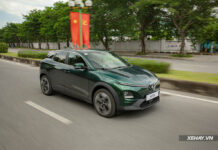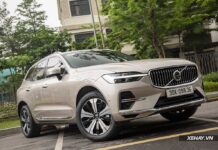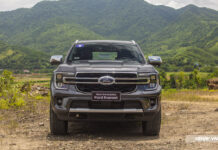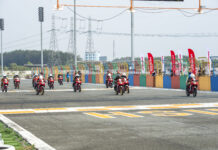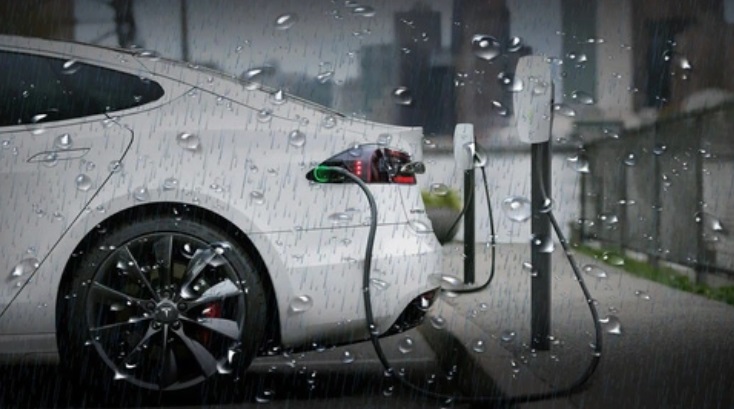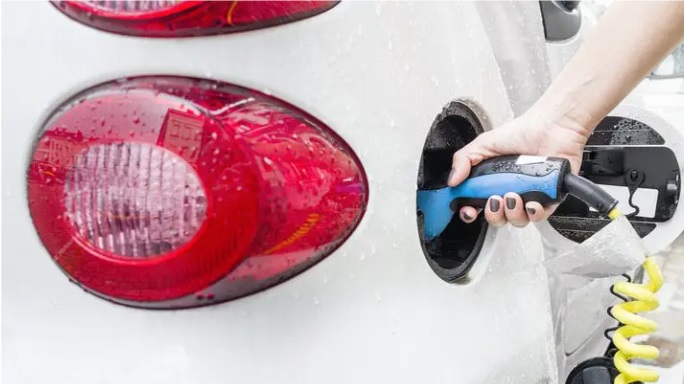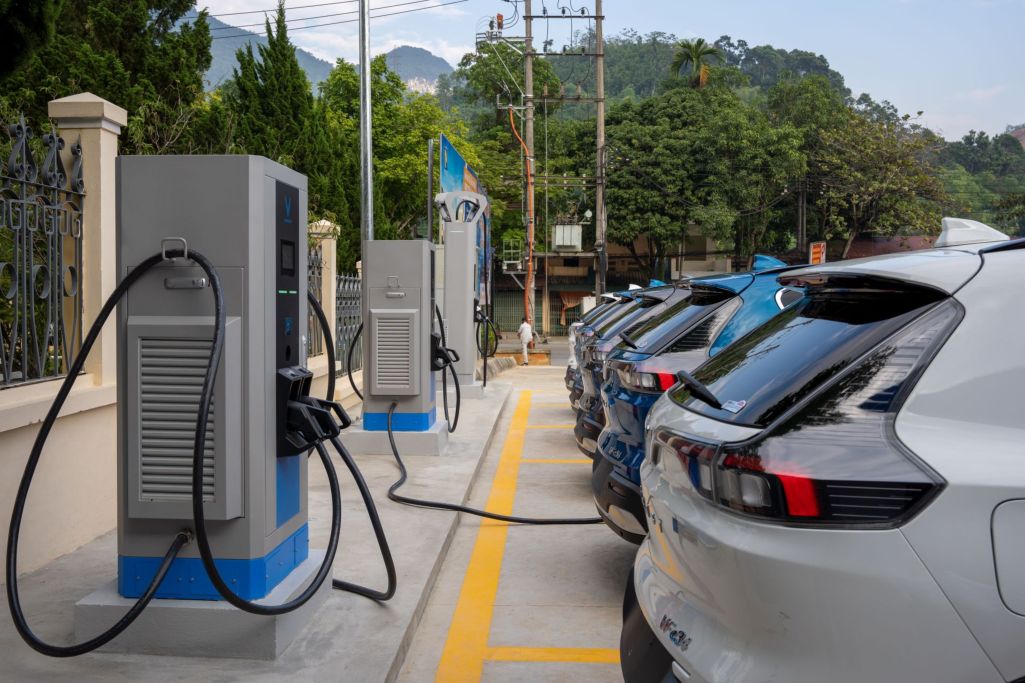While modern EV charging stations have advanced safety features, there are still potential risks, and experts advise against charging during storms or floods.
Most electric vehicle battery and charging systems are designed to be watertight and incorporate advanced technology to prevent electrical discharge or short circuits, thus offering maximum protection to users.
In fact, each step of the charging process is carefully calculated to ensure user safety.
Engineers meticulously design EV charging procedures with safety in mind, and electronic components must undergo rigorous testing to meet standards such as the Ingress Protection (IP) rating, which indicates the level of protection against dust and water ingress as set by the International Electrotechnical Commission (IEC).
According to the IEC 60529 standard, higher numbers indicate greater protection against dust and water ingress. For example, the first digit represents the level of dust protection on a scale of 1 to 6, while the second digit denotes water protection from 1 to 8.
Public charging stations in Vietnam are designed to be waterproof, with IP ratings ranging from IP54 to IP65 depending on the component. More premium products may have an IP rating of IP68, indicating complete protection against dust and even immersion in water without damage.
These systems undergo thorough testing to ensure safe operation, even in stormy weather conditions.
If the charging plug or connection is wet, the charging process may be interrupted. In this case, drivers simply need to dry the plug and try reconnecting.
The safety mechanism will immediately cut the power if moisture or water ingress is detected, protecting both the vehicle and the user.
While public charging stations are considered safe, it is still advisable to avoid charging during heavy rain or floods as the combination of electricity and water can pose potential safety hazards.
Particularly for those using home charging setups, there are risks involved if the electrical equipment gets wet.
Additionally, driving through flooded areas is not recommended, whether in an electric vehicle or a gasoline-powered car, as it can lead to unforeseen risks.
Illustrative image










